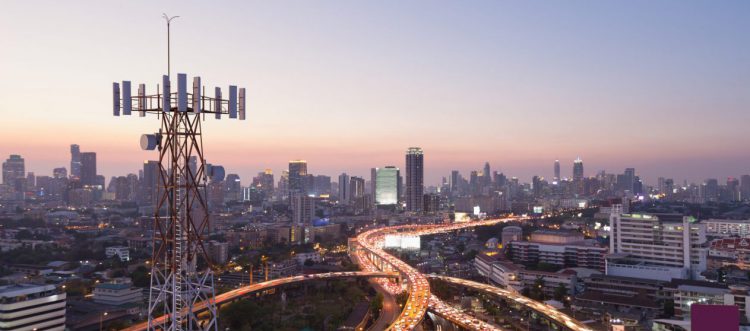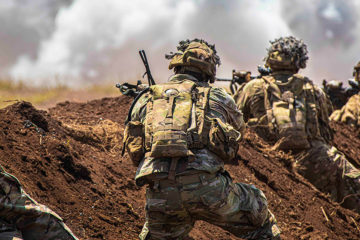Terror attacks against critical infrastructure raise emergency communications concerns

Last December 25th – on Christmas Day – the people of Nashville, TN, had what normally would have been a routine Christmas morning disrupted by an explosion that shook the city. The explosions were the result of a terror attack perpetrated by a man named Anthony Quinn Warner, who – according to the FBI –parked and detonated an RV filled with explosives as, “…an intentional act in an effort to end his own life, driven in part by a totality of life stressors…”
The motive as to why Anthony Quinn Warner decided to park and detonate his explosive-filled RV where he did is still not completely known, but the location is operationally relevant for a number of reasons.
The RV was parked in front of an AT&T network hub, and the explosion resulted in numerous important telecommunication service outages in Tennessee’s middle region. While Anthony Quinn Warner was a former AT&T employee that may have harbored some ill will towards his former employer, authorities are still not completely sure why he chose that building to target with his improvised explosive device.
The Christmas Day bombing in Nashville was traumatic and resulted in damage to 41 buildings. This attack was troubling for the fact that it’s part of a larger trend of terror attacks against critical communications and IT infrastructure in our country – and around the world.
For example, In April of 2020, almost 80 cellular towers were damaged in the UK as a direct result of a conspiracy theory about 5G and the spread of the coronavirus. These attacks – based on the false premise that radio waves could transmit and spread the virus causing COVID-19 – began as arson attacks on cellular towers, but soon shifted to physical attacks on the employees of telecommunications companies and service providers.
Just last month, a Texas man named Seth Aaron Pendley was arrested by the FBI in connection to a terroristic plot to take down “70 percent of the Internet” by attacking an Amazon Web Services (AWS) data center in Ashburn, VA. Luckily, the perpetrator was arrested after attempting to purchase explosives from an FBI agent.
While all of these incidents are isolated, they all targeted wildly different types of telecommunications and IT infrastructure, and they all had very different motives, they all illustrate a single, unfortunate truth – the backbone of the communications and IT services that our emergency response teams and first responders rely on in emergency situations are increasingly being targeted for terrorist attacks.
This raises an important question: How do first responders communicate to an emergency that denies them of essential communications to begin with?
Decentralized networks ensure connectivity
While today’s first responders are increasingly relying on smartphones and other smart devices for communication, situational awareness and other services during emergency situations, they do still have backup in the form of voice radios. These radios can survive a loss of cell phone connectivity- but voice radios do not provide the same situational awareness capabilities that are provided by smartphone based platforms. Voice radio frequencies can become flooded during a state or national emergency, the radio towers – themselves – could be compromised as part of the emergency, or communications tools that extend beyond voice could be needed in the response effort.
When cellular networks are denied or destroyed – whether from an act of terrorism or natural disaster, it’s essential that first responders who spearhead the response to that emergency have the communications and situational awareness tools they need to accomplish their mission and stay safe. Mobile mesh networking solutions can offer the decentralized network infrastructure necessary to get the communications and data necessary for the mission to those first responders when and where they need it – even if cellular and radio infrastructure is denied.
Over the course of the last few years, lightweight, low-power, low-cost mesh capabilities have emerged that can deliver the connectivity these tactical operators need across great distances without relying on any cell, wifi or fixed infrastructure. These solutions can provide access to important situational awareness applications, such as ATAK, which enables all parties involved in emergency response to be seen as dots on a map. Mobile mesh networking can also enable emergency personnel to communicate via text when voice communications are operationally not feasible or available. ATAK plus mesh networking enables both command centers and operators to better coordinate operations- increasing both operator safety as well as enabling a more effective response.
Across the globe we’re seeing an increase in the number of terrorist attacks against critical communications and IT infrastructure. Unlike other terror attacks, these attacks – by the very nature of their targets – are compromising the essential communications tools emergency personnel rely on for connectivity – hampering response and rescue efforts. Mobile mesh can offer the decentralized network solution that enables redundancy for critical communications when these networks are attacked – enabling operators to respond more safely and effectively.







No Comment